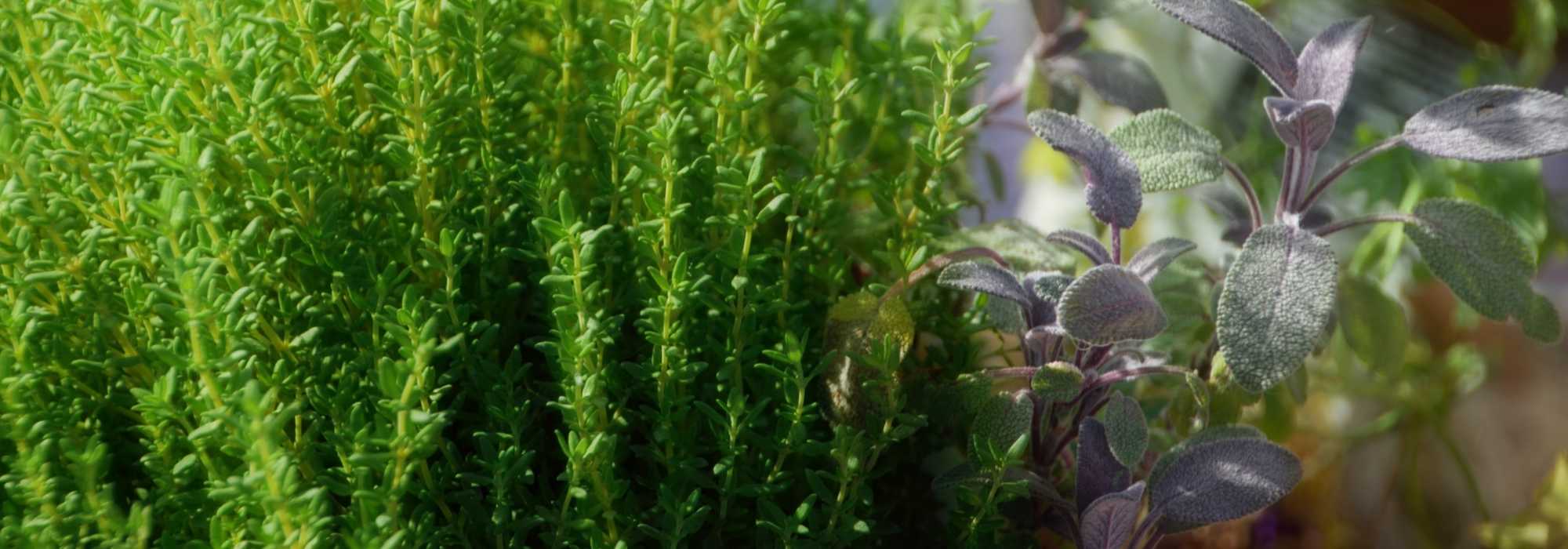
15 medicinal plants to grow at home and their benefits
and to use against minor ailments
Contents
Using plants for healing is not new! Indeed, use of medicinal plants dates back to Antiquity and, in the Middle Ages, these plants, called “simples”, were grown in monastery gardens and used for their various properties. This natural medicine is enjoying renewed interest and the herbalist profession could soon make a comeback.
Sedative, stimulating, vulnerary, antiseptic, anti-inflammatory… these plants can treat all sorts of minor ailments. Why not grow them in your garden?
Here is a selection of 15 medicinal plants with many virtues… to grow in your garden!
Sage (Salvia officinalis)
Its name comes from Latin ‘salvia’, meaning ‘she who saves’, because of virtues attributed to it. Quite a programme! Salvia officinalis is indispensable plant in any herbularius, it was one of simples required to be grown in Charlemagne’s abbeys. Saint Hildegard also praised its merits. Sage has been grown for generations for medicinal properties but also for culinary uses.
Description
Salvia officinalis is a hardy perennial plant, reaching up to 80 cm in all directions. It bears ovate, grey-green, downy leaves. When crushed, they give off a powerful camphor-like scent. In summer, blue-violet spikes appear.
Medicinal virtues
It is credited with digestive, diuretic, antispasmodic and stimulant properties… It is widely used in herbalism.
Uses
Fresh, entire sprigs of sage can be used, that is the leafy stem, flowering or not. Dried, only leaves are used.
Sage wine is an excellent aperitif that prevents headaches and stomach aches following poor digestion. Otherwise, sage infusion is excellent.
Note that this family includes many sages but only species officinalis and sclarea have medicinal properties.
Growing in the garden
Sage is easy to grow in full sun, in all types of soil provided soil is light and very well drained. It also does well in a pot!
Read also
Best edible flowers for the gardenMints (Mentha)
Spearmint, pennyroyal, peppermint… All mints have the same properties and it is the medicinal plant most commonly used in infusions for its digestive properties.
Description
A full description of all mints would far exceed the scope of this sheet, but one detail makes identification easy. It is the familiar mint scent released from the plants when brushed or when the leaves are crushed. Whether its scent is sweeter or more mentholated, it will always give off that typical, unmistakable fragrance.
Medicinal properties
Mints are digestive, cholagogue, antispasmodic, carminative and tonic. They also have a stimulating effect on the nervous system and are recommended in cases of migraine.
Uses
For most mints, dried leaves alone or fresh leafy stems are used.
As an infusion, mint can be used fresh or dried for indigestion, bloating or fatigue.
To grow them in the garden
Mints like rich, cool soils, preferably in partial shade although mint will grow almost anywhere. It can be grown in a large buried pot to prevent it from spreading.
⇒ For more information, see our full guide : Mint : planting, to grow, propagate.
Discover other Herbs
View all →Available in 0 sizes
Available in 0 sizes
Available in 1 sizes
Available in 1 sizes
Available in 1 sizes
Available in 1 sizes
Available in 1 sizes
Available in 1 sizes
Available in 2 sizes
Lavender (Lavandula angustifolia or officinalis)
Originating from Mediterranean regions, true lavender is an essential plant prized for its scent and used in many fields including medicine.
Description
It forms a dense, bushy undershrub and can reach up to 1 m. It is recognised by its scented flower spikes, pale mauve, almost grey, which give a somewhat dull appearance from a distance. Among well-known cultivars, find ‘Munstead’, ‘Hidcote’ and ‘Alba’.
Medicinal properties
Lavender has antiseptic and wound-healing properties, notably for external use in preparations based on essential oil. Taken as an infusion, lavender is sedative, antispasmodic and stomachic; it aids digestion while soothing possible stomach or intestinal pains. This infusion is absolutely delicious!
Uses
Fresh, you can use the entire flower spike. Once dried, only the flowers are used.
Herbal medicine mainly uses lavender as an infusion. It proves very useful in cases of difficult digestion caused by excessive nervousness. Its antiseptic properties are a real benefit for teenagers with skin problems.
Growing in the garden
Hardy, true lavender grows in calcareous or clayey-calcareous, well-drained soils, in full sun. It is valuable as an edging plant in borders, rockeries and even in containers.
⇒ Feel free to also read our family sheet to find out everything about lavender.
Garden marigold (Calendula officinalis)
Pot marigold was already among medicinal plants cultivated in monasteries under Charlemagne. It is the quintessential vicar’s garden plant: simple, good-natured, colourful and flowering for many months. It combines medicinal and culinary properties. Indeed, its flower is edible and is a wonderful garnish for dishes and salads.
Description
Pot marigold is an essential annual plant in our gardens. Its flowers stand out for their bright colours, ranging from sunlit yellow to vivid orange and sometimes almost brick red.
Medicinal properties
It is the perfect plant to heal skin lesions. Indeed, most skin ailments are soothed by it. Its flowers also have a choleretic action (which stimulates bile secretion) and therefore contribute to better digestion.
Uses
Fresh or dried flowers are used.
Pot marigold is widely used today in pharmaceutical and cosmetic fields. It is used to soothe irritations and is an excellent anti-inflammatory. Petals can be infused as herbal tea or used to make ointments. Fresh leaves can also be used as a poultice.
Note that horticultural varieties have no therapeutic claims.
Growing in the garden
By nature undemanding, pot marigold grows in all types of soil provided it is in full sun. If it suits the spot, it will self-seed.
⇒ Discover everything you need to know about pot marigold or calendula.
German chamomile (Matricaria recutita)
Ancient civilisations already knew its medicinal virtues. The term « chamomile » refers to several similar-looking plants: the true or German chamomile (Matricaria recutita), Roman chamomile (Chamaemelum nobile) and feverfew (Tanacetum parthenium). All three are medicinal, however German chamomile is noticeably less bitter than Roman chamomile.
Description
German chamomile is a small annual plant that flowers throughout summer. Its flowers resemble small white daisies with yellow centres. It has finely divided foliage and forms a pretty clump 50 to 60 cm high.
Medicinal virtues
Matricaria is anti-inflammatory, antispasmodic, analgesic, appetising, digestive, carminative and vulnerary. It also has a beneficial effect on the female reproductive system.
Uses
Use only fully open flowers, before they begin to wither. Petals should still be firmly attached to the yellow centre.
It is used both externally and internally: as a steam bath to combat acne, as an infusion or decoction to lighten hair.
To grow it in the garden
Undemanding, chamomile prefers sandy, fertile soil. Finally, it will perform best in full sun.
⇒ See our complete fact sheet on chamomile.
Marshmallow (Althaea officinalis)
The marsh mallow had a reputation for curing scrofula, a disease so difficult to treat in the Middle Ages. The plant is notable for its extraordinary content of mucilages. On contact with painful, swollen areas, these mucilages quickly provide appreciable relief.
It was once used to make the famous marshmallows; today it has been replaced by animal gelatine.
Description
Marsh mallow is a perennial plant with a shrub-like habit that can reach 1.5 m in height, sometimes more, with about 1 m spread. The numerous pale pink flowers appear in summer on fuzzy grey-green foliage.
Medicinal properties
In the past, marsh mallow sticks (pieces of peeled roots) were given to crying babies to suck on when teething. It is reputed for its soothing, emollient, cough-relieving and laxative properties.
Uses
All parts of plant are medicinal: flowers, leaves and roots. Their properties are the same; roots simply contain the highest content of mucilages.
Roots are used dried to make sticks (or marsh mallow rattles). They are also used in decoctions for gargles in cases of gingivitis, oral abscess, laryngitis, tracheitis or to soak compresses in cases of insect sting, bites, a haematoma or a bruise.
To grow in the garden
Marsh mallow likes sunny positions and fertile, well-drained soil. It tolerates drought very well but dislikes very cold, wet winters.
Stinging nettle (Urtica dioica)
Stinging nettle is a well-known garden visitor, studded with urticating hairs that inflict burning pain on anyone who touches or merely brushes past it. But it is also a remarkable plant in many respects and should always have a small place in every garden.
Description
Greater stinging nettle is a perennial plant with running rootstocks that can reach up to 1.50 m in height or more. It bears female flowers (greenish, pendulous clusters) and male flowers (yellowish spikes set more horizontally) on separate plants. Entire plant is covered in urticating hairs.
Medicinal properties
Stinging nettle is haemostatic, depurative, remineralising, diuretic and galactagogue. It is also recommended for joint and rheumatic pain. Finally, leaves are exceptionally rich in iron. Another species, burning nettle, is an annual also recognised for these same medicinal properties.
Uses
All parts of the plant are medicinal: leaves, flowers, seeds and roots.
Its properties can be used in an infusion or its fresh leaves can enliven spring salads. For external use, it has a beneficial effect on acne, eczema and skin lesions on which compresses of nettle decoction should be applied. Nettle leaves can also be cooked: soup, savoury cake or prepared like spinach.
To grow in the garden
Very common, stinging nettle occurs naturally almost everywhere. It thrives in all rich, cool to moist soils regardless of exposure.
Lemon balm (Melissa officinalis)
The medicinal virtues of lemon balm were well known to monks of past centuries, who used it in the making of a digestive liqueur, famous Chartreuse, or Carmelite Lemon Balm Water, renowned for preventing migraines.
Description
Lemon balm is a bushy perennial reaching about 80 cm. It is recognised by its soft green, puckered, broadly crenate leaves that give off a lemon scent when crushed. Tiny white flowers are inconspicuous.
Medicinal virtues
Lemon balm is an excellent digestive herb. It promotes secretion of gastric juices, reduces intestinal gas and soothes abdominal spasms.
Uses
For general use, only the leaves are used, fresh or dried.
Lemon balm leaves are used in herbal tea. Chopped, they can be sprinkled over salads, omelettes, etc.
To grow it in the garden
Lemon balm prefers a sunny or semi-shaded position. Very hardy and very undemanding, it will thrive almost anywhere! To limit its spread, grow it in a pot and prune it at flowering.
⇒ Discover how to sow, plant and grow lemon balm.
Valerian (Valeriana officinalis)
In former times, valerian was considered a magical plant and a powerful love potion. Today, it is above all used as a soporific remedy.
Description
Valerian is a perennial with channelled stems that can reach 2 m tall. In summer, pale pink flowers open at tips of flower spikes. Leaves are deeply divided, dark green and aromatic.
Medicinal properties
Valerian’s main effect is on sleep. It is sedative and relieves rheumatic, headache or stomach pains. It is also used to rebalance emotional disorders such as nervousness or depression. Finally, valerian is particularly indicated for respiratory disorders (asthma, bronchitis, cough) or joint problems.
Uses
Whole root system is used, namely rootstock and rootlets.
As an infusion, it is very useful for insomnia, or as a syrup to treat coughs.
How to grow it in the garden
Valeriana officinalis favours woodland and damp areas, in sun or semi-shade. Perfectly hardy, it self-seeds and naturalises easily.
Mountain savoury (Satureja montana)
Savory grows wild in Mediterranean regions. It is one of the plants recommended in the famous Capitulary of Villis by Charlemagne. Savory is also used as a condiment.
Description
Undershrubs clothed with small dark, evergreen and aromatic leaves, disappearing beneath a cloud of white flowers in spring and summer. They form a woody clump 30 to 40 cm in all directions.
Medicinal properties
Savory has digestive, stimulating and antiseptic properties.
Uses
Flowers, leaves and tender stems are used.
Savory is used as a gargle for sore throats but it excels as a herbal infusion for bloating, flatulence or after overeating. Savory is also one of the stimulating plants and is often included in aphrodisiac herbal infusions.
To grow in the garden
Hardy, savory prefers rocky sites that are perfectly drained and very sunny. It copes fairly well with dry summers and is suitable for borders or rockeries.
Rosemary (Rosmarinus officinalis)
Rosemary has stood the test of time, long recommended by many illustrious figures of yesteryear. It is native to garrigue and scrub vegetation but is traditionally found in vegetable gardens.
Description
Rosemary is an evergreen shrub with aromatic evergreen foliage. Its flowering occurs from late winter, with a repeat in autumn in Mediterranean regions and mainly in spring north of the Loire.
Medicinal properties
Rosemary is an effective tonic for heart and liver. It stimulates memory and delays ageing. It is a good digestive plant and can help fight chills, therefore helping against headaches, colds, sinusitis, etc.
Uses
Leaves, flowers or sprigs are used, whether in flower or not.
Rosemary is prepared as a digestive herbal tea or infused in mulled wine in case of a chill.
Growing in the garden
Rosemary thrives in dry, rocky soils in full sun. It is only sensitive to cold, wet winters. It will naturally find its place in a rockery or in a pot on a terrace or balcony.
⇒ Discover everything you need to know to successfully grow rosemary.
Oregano (origanum vulgare)
Known since Antiquity, oregano‘s reputation has never faltered, far from it. This strongly scented plant does indeed contain powerful active compounds.
Description
Oregano, or wild marjoram, is a perennial plant forming a strongly aromatic mound about 50 cm all round. In summer, pretty purplish-pink flowers appear at shoot tips. Oregano is perfectly hardy and easy to grow.
Medicinal properties
It strengthens weak stomachs and relieves heartburn. It is also an excellent tonic. It soothes coughing fits and helps clear the bronchi. Oregano also has beneficial effects on ENT conditions. Indeed, modern medicine has confirmed that oregano essential oil is a major remedy in the treatment of tonsillitis, rhinitis, sinusitis and otitis. Finally, it soothes certain skin conditions.
Uses
Gather flowers or whole plant depending on intended use. Use fresh or dried.
Herbal tea or infusion is recommended for breathing or digestive problems. For tiredness or skin problems, a tonic bath containing a decoction of oregano will be beneficial.
Growing in the garden
Oregano excels as groundcover in rockeries. Hardy, it thrives almost anywhere and requires no maintenance. It prefers dry soils and full sun. It can also be grown in pots.
Marjoram (Origanum majorana)
Native to the Mediterranean basin, annual marjoram is a highly aromatic plant, used primarily as a condiment but has more than one string to its bow. In aromatherapy, it is known as sweet marjoram.
Description
Growing to about 40cm, it bears countless small dark green leaves, slightly downy. It generally does not flower in cultivation but tiny white flowers appear in its natural habitat.
Medicinal properties
Marjoram is valuable for headaches, rhinitis or sinusitis resulting from a chill. It is also useful against insomnia, migraines or psychological instability.
Uses
Leaves are harvested then dried.
For coughs, colds or sinusitis caused by a chill, make an infusion. It is also possible to perform inhalations or prepare a massage oil for painful joints, muscle aches or lumbago.
Growing in the garden
Tender, marjoram is often grown as an annual. It thrives in light, fertile, dry soil. It does not tolerate moisture and requires full sun.
Plantains (Plantago major and lanceolata)
Plantain is rarely used in France although it has been highly regarded elsewhere for centuries.
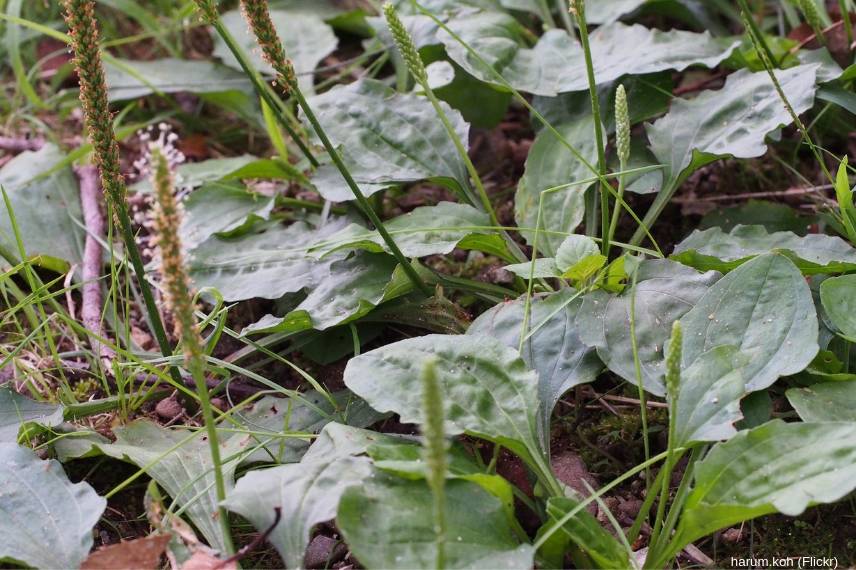
Description
Perennial, both plantains form basal rosettes of leaves. In lanceolate plantain, leaves are narrow, erect and with prominent midribs. In greater plantain, leaves are broad, flat and pressed to ground. In both, flowering appears as brownish spikes.
Medicinal properties
Thanks to its mucilages, plantain is a remarkable medicinal plant. It thins bronchial secretions and enables expectoration in cases of very stubborn coughs. It also soothes throat and is an excellent anti-inflammatory for external use.
Uses
Only leaves are used.
Compress soaked in plantain decoction soothes irritated eyes, while rubbing fresh leaves quickly relieves insect stings. Finally, infusion works effectively on coughs and gargles relieve tonsillitis and sore throats.
To grow in the garden
Undemanding, plantains are often regarded as weeds. They thrive in all types of soil, preferably calcareous, not too dry and in full sun.
St John's wort (Hypericum perforatum)
In the past, St John’s wort was considered a magical plant. Indeed, what was called St John’s herb was believed to ward off evil spirits. Renowned in the Middle Ages for treating melancholy, it was commonly used until it fell into obscurity at the end of the 19th century. Today, St John’s wort is regaining recognition.
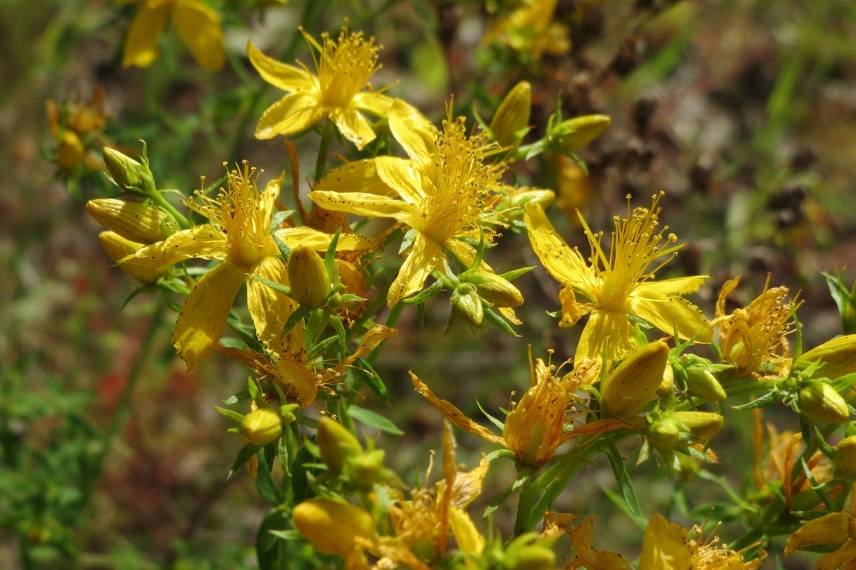
Description
St John’s wort is characterised by sturdy, reddish stems whose ramified tip bears numerous star-shaped yellow flowers in summer. By transparency, leaves appear dotted with holes that are pockets containing essential oils. Depending on soil richness, plant measures from 30 to 80 cm in height.
Medicinal properties
St John’s wort is vulnerary, anti-haemorrhagic and analgesic. Modern medicine has highlighted its effect on nervous system and St John’s wort is currently often prescribed for nervous depression. St John’s wort oil is an effective remedy for burns (even sunburn).
Uses
Either flowers or all tender herbaceous parts are used depending on intended use.
Flowers are gathered for infusion, while tender parts are used to make St John’s wort oil.
To grow in the garden
Valued for ease of cultivation, St John’s wort thrives in sun or partial shade, in any well-drained soil.
⇒ Discover our family sheet on St John’s wort.
- Subscribe!
- Contents
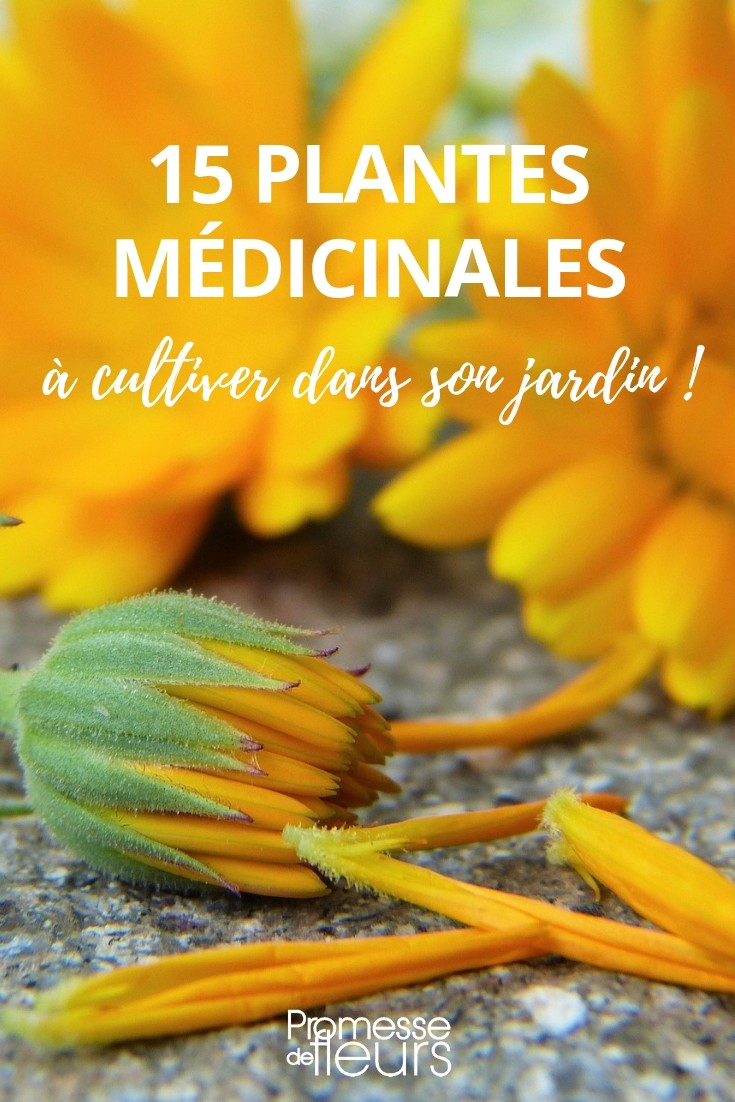































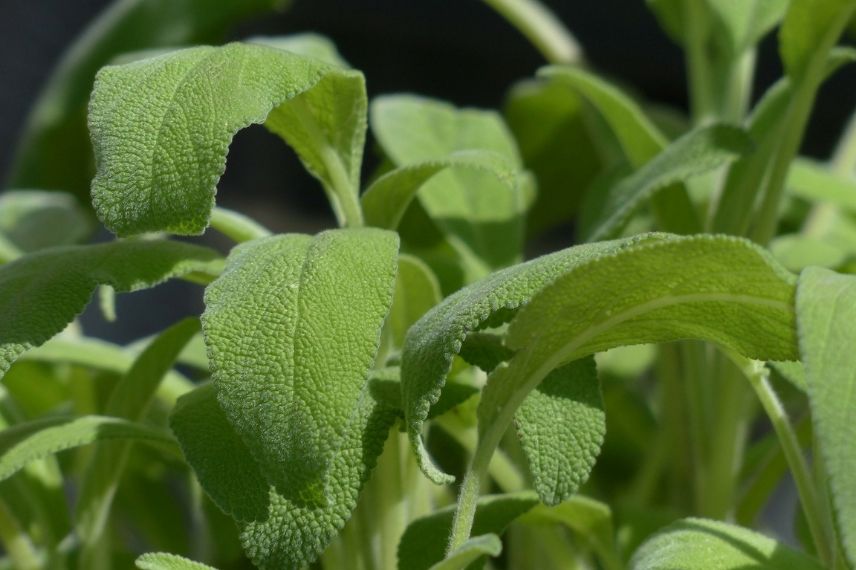
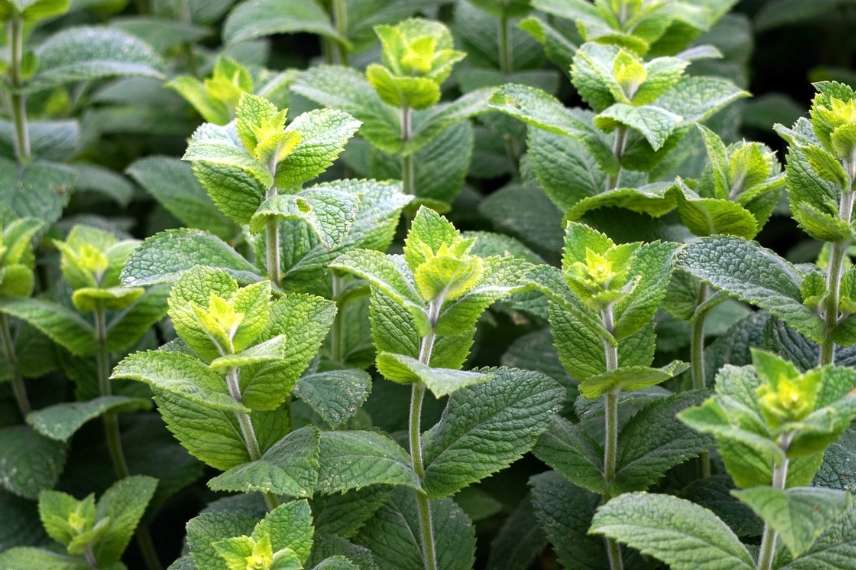
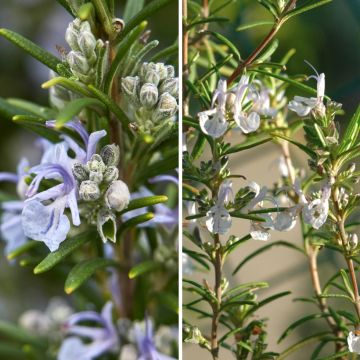
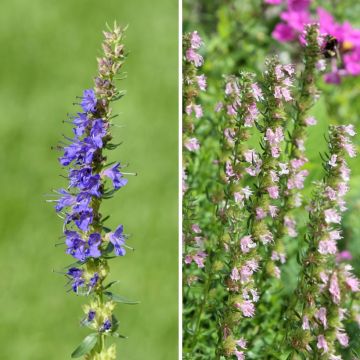
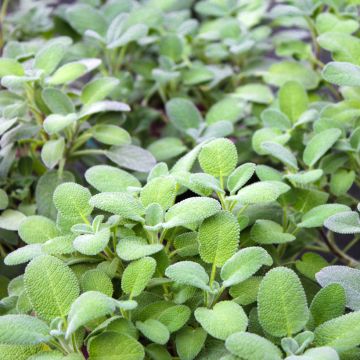
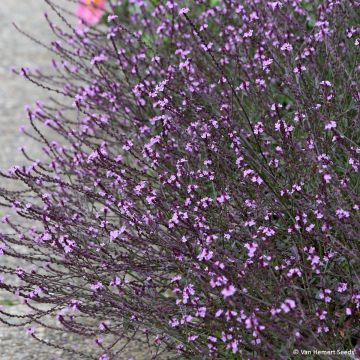

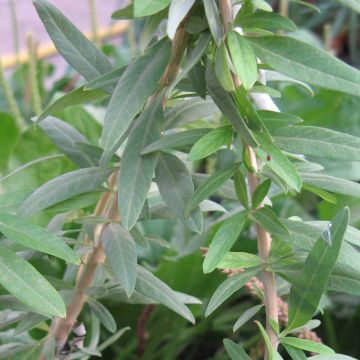

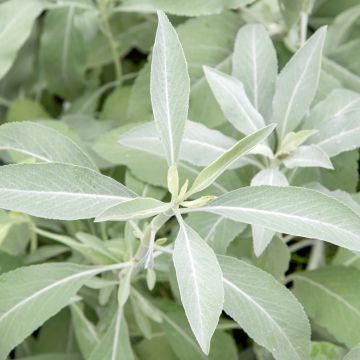
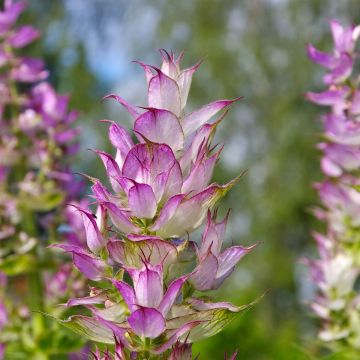
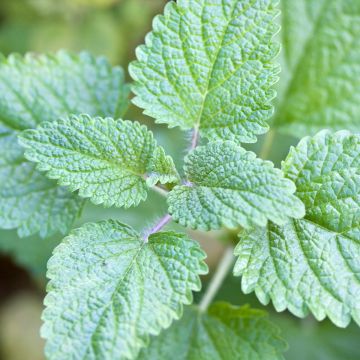
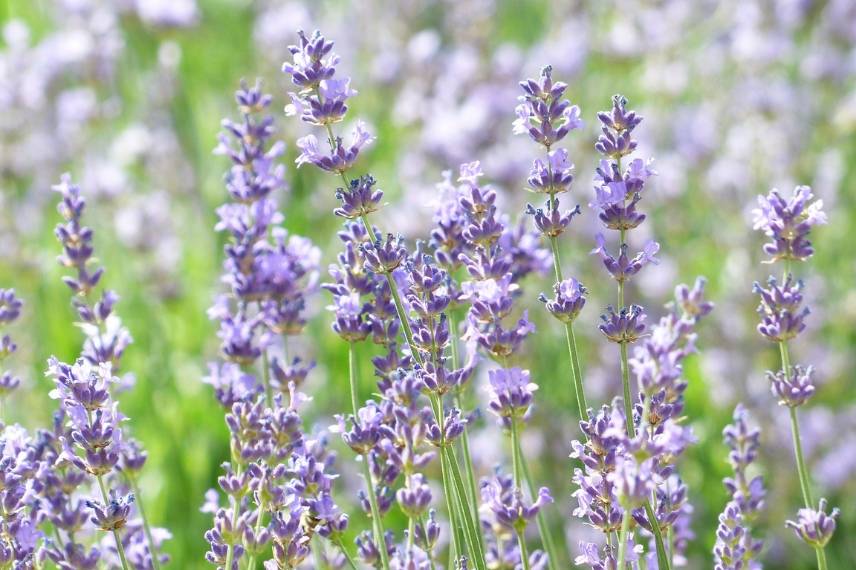
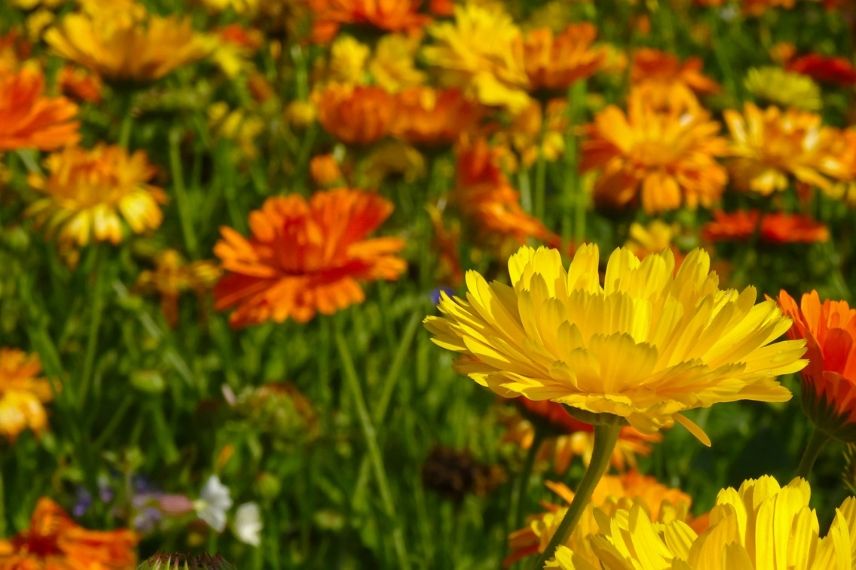
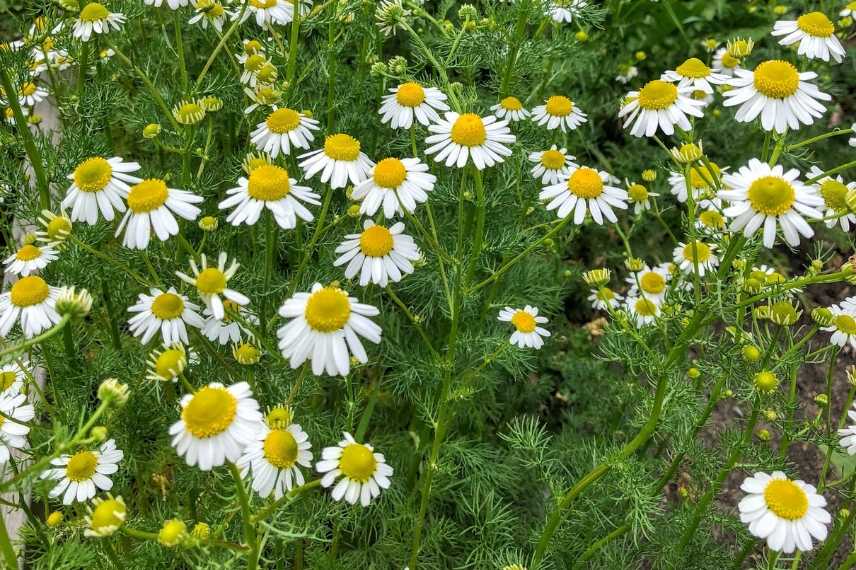
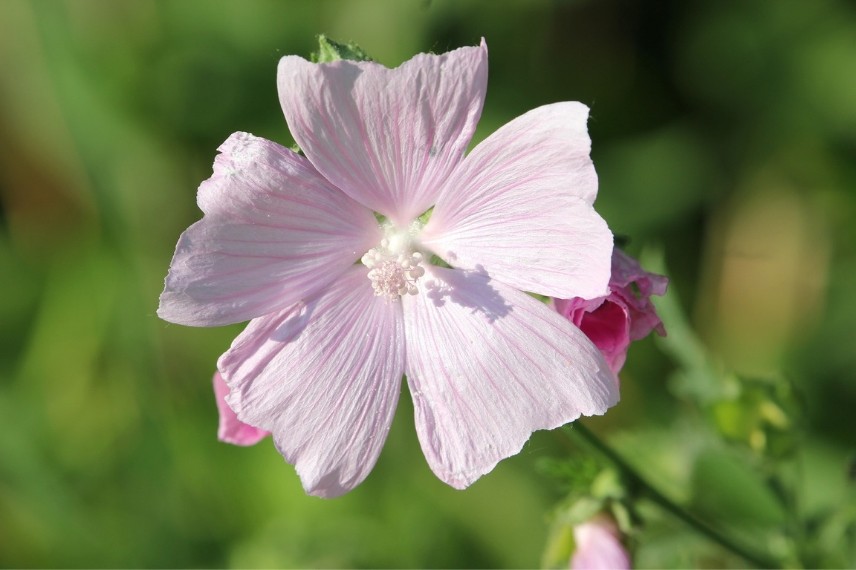
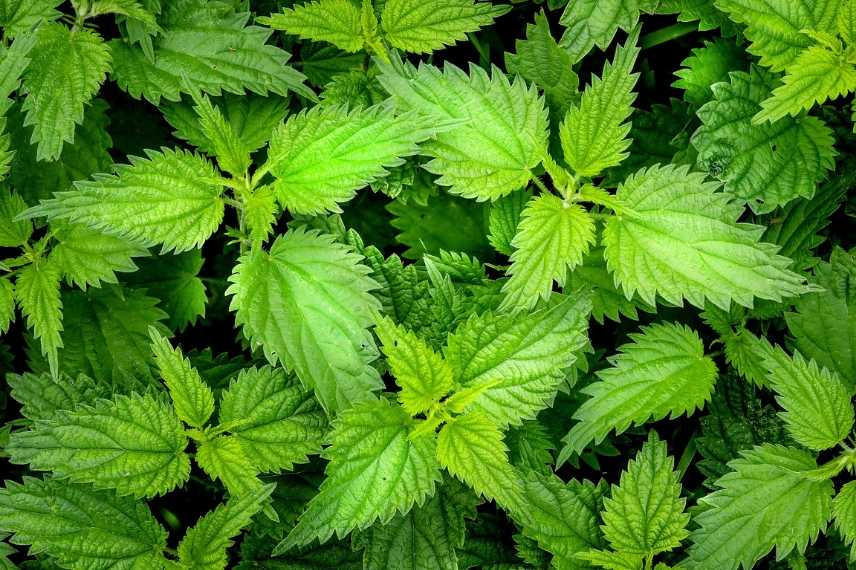
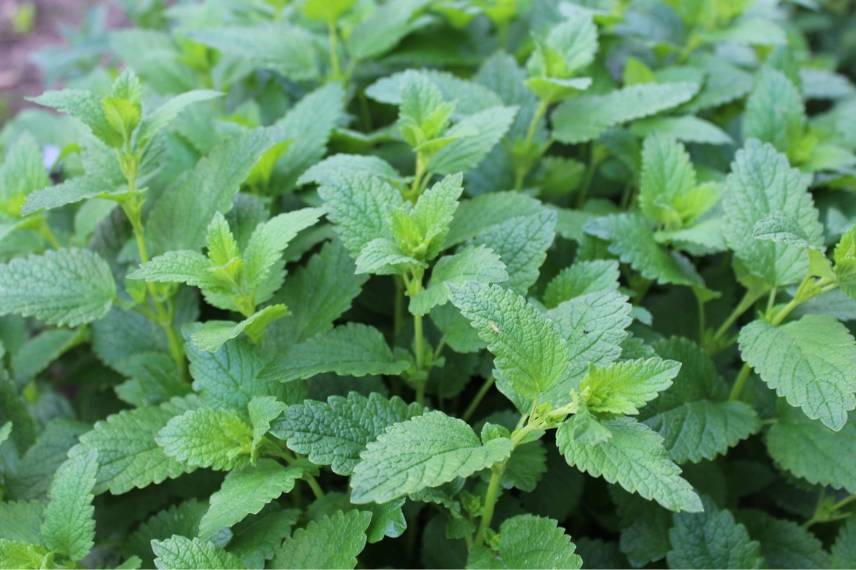
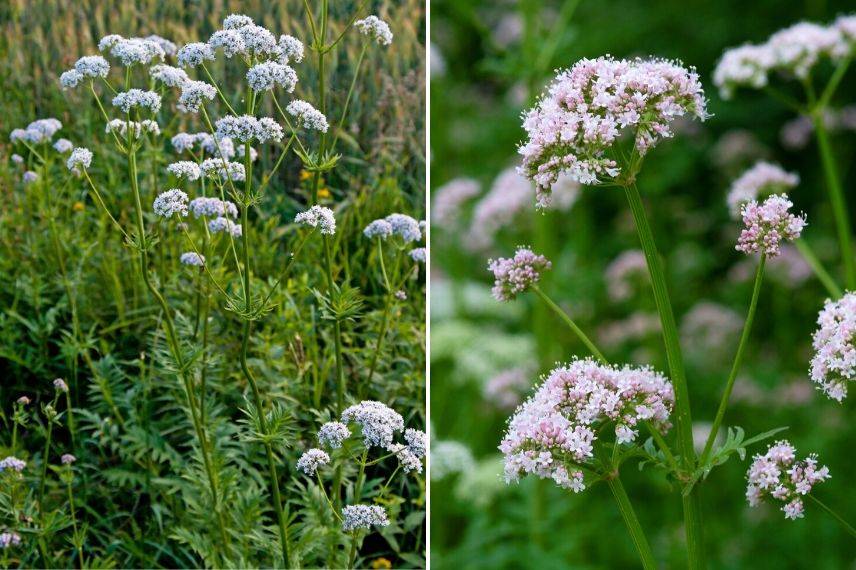
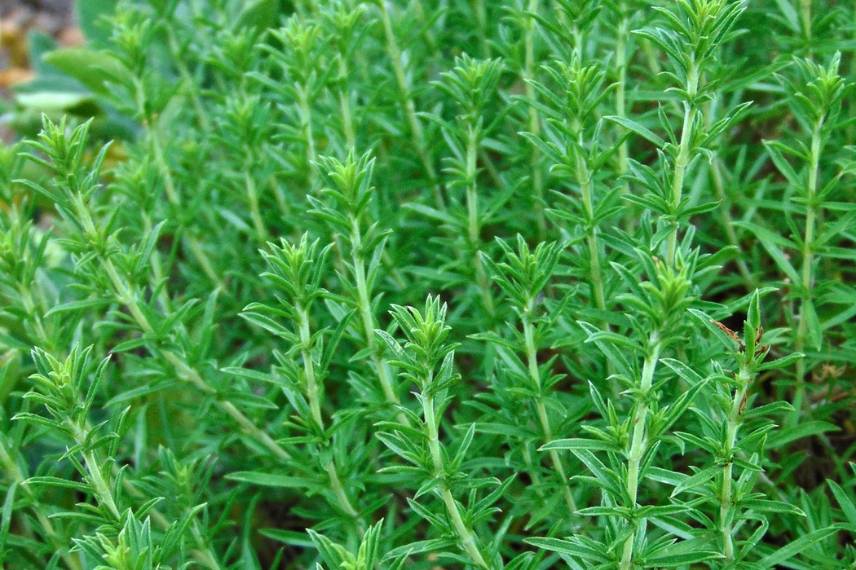
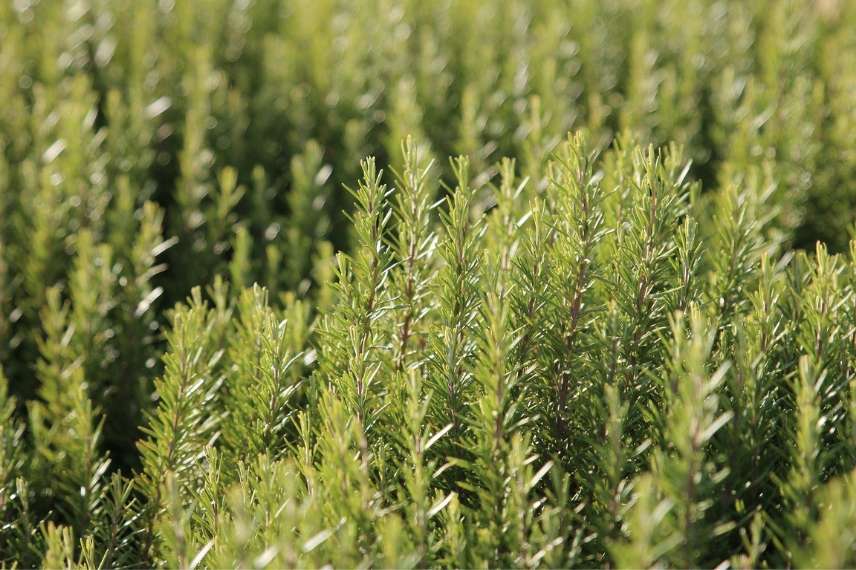
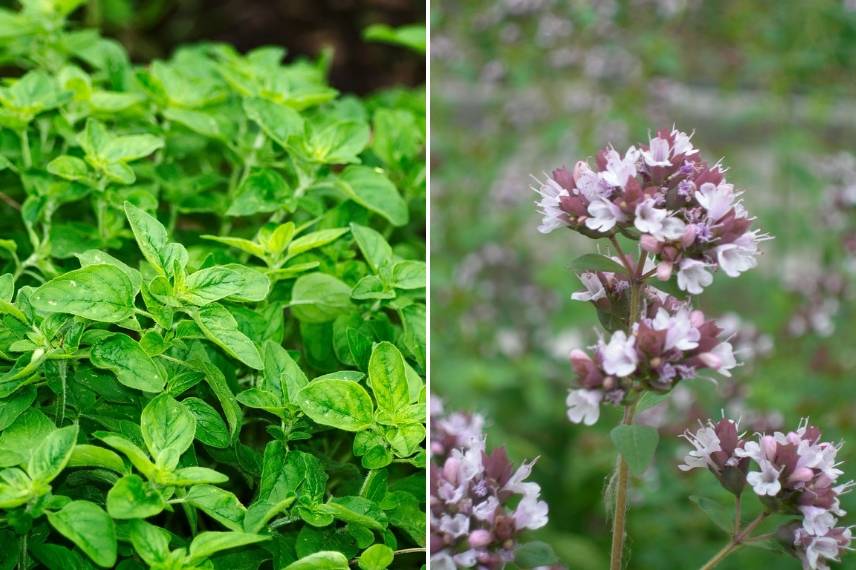
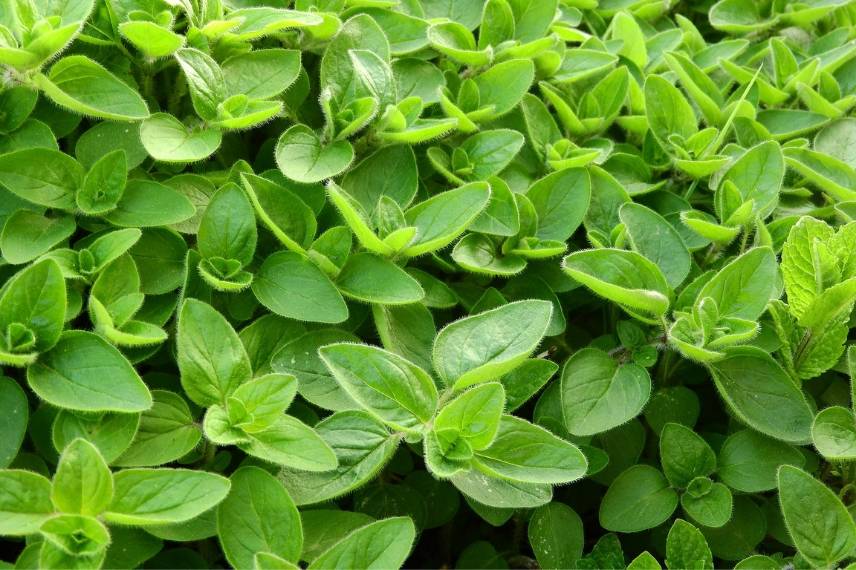
Comments